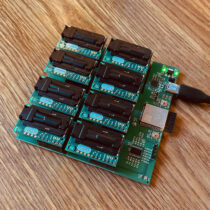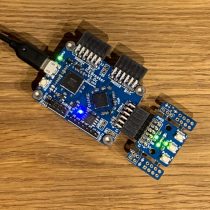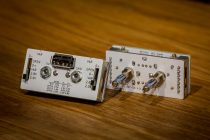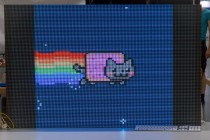With the rising numbers of COVID-19 cases during the first wave of the pandemic in 2020, I was working remotely a lot. At home I have some decent audio gear (beyderdynamic DT 297 PV MK II, Shure SM7B, beyderdynamic DT 770 PRO, and Yamaha HS 5) connected to my Mac via USB audio interfaces (Focusrite Scarlett 2i2 and MOTU M2).
As I wanted to use the same audio devices for my corporate video conferences I needed a convenient way to connect them to my corporate computer as well. My first idea was to use an USB switch like the ATEN US234, but this had two downsides: First I wasn't able to use them on both PCs at the same time, e.g. hearing music from my private Mac while having a conference call with the corporate PC. Secondly switching the audio interfaces always results in a very loud clicking noise which was really annoying, especially when having the monitor speakers switched on.
Continue reading



